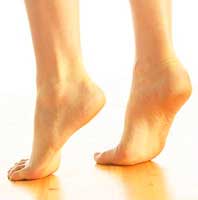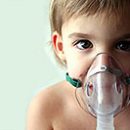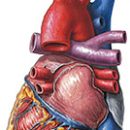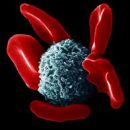What is a noded erythema? How this disease is diagnosed? Who risks get this ailment more than others? The author of this article knows the answers to these questions.
Content
What is a noded erythema
 Sweeping on the skin can have a different appearance. At the same time, the rashes of the same species can be both completely safe and testify to the presence of a serious disease that requires immediate appeal to the doctor so that it is possible to pass the necessary surveys as soon as possible and establish an accurate diagnosis.
Sweeping on the skin can have a different appearance. At the same time, the rashes of the same species can be both completely safe and testify to the presence of a serious disease that requires immediate appeal to the doctor so that it is possible to pass the necessary surveys as soon as possible and establish an accurate diagnosis.
Somewhat different situation with noded erythene. This disease (or symptom) is fairly easy to recognize on the basis of the description - red painful nodes under the skin, which usually pass within 3-10 days. Recognize a nodal erythey is easy, the problem is in the other - it is necessary to understand whether there has a problem any cause or originally. As a rule, nodal erythema as an independent disease does not represent a serious threat. But it is extremely important to exclude other diseases that may be dangerous.
Under noded erythema, inflammation of the skin and, as a result of this pupination, the formation of pretty large nodes of red. Very often noded erythema turns out to be one of the symptoms of any disease. In the event that the reason for noded erythema is non-shaped, then it is considered as an independent disease.
With first noded erythene, it is possible to independently use non-steroidal anti-inflammatory drugs to facilitate symptoms. It is also recommended to keep legs in a raised position (if possible), use elastic bandages and stockings. You can use compresses. Usually rashes remain red and painful for up to 10 days. When re-occurring rashes, it is necessary to refer to the doctor to clarify the cause of nodal erythema and the selection of adequate treatment.
In severe cases, with repeated episodes of rash, the presence of concomitant symptoms (elevated temperatures, pain in the joints, etc.) The doctor may prescribe hormonal drugs.
The diagnosis of noded erythema is based on the stories of the patient and the results of the rash survey.
Additional studies pursue two tasks:
- eliminate the presence of another disease (which requires more active treatment);
- Assess the activity of inflammation.
The volume of additional research can be quite significant. So, if tuberculosis is suspected of tuberculosis, the reaction of manta, radiological studies of the chest, sown sputums (with its presence) and T.D.
Special blood tests are often needed to eliminate infections. Specific approaches require the situation when autoimmune or tumor diseases are suspected.
The danger of the development of nodal erythema is increased in the presence of predisposing diseases. Also in a higher risk group are pregnant, as well as women who receive contraceptives.









